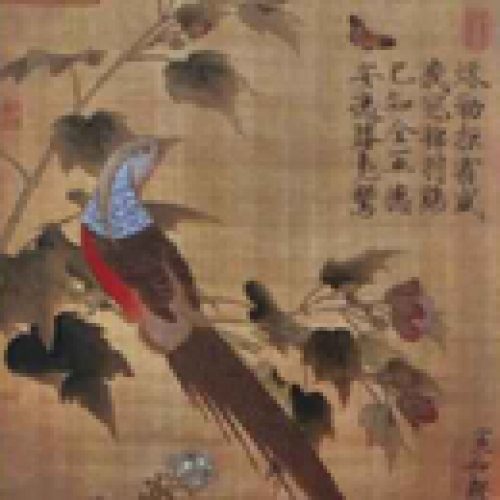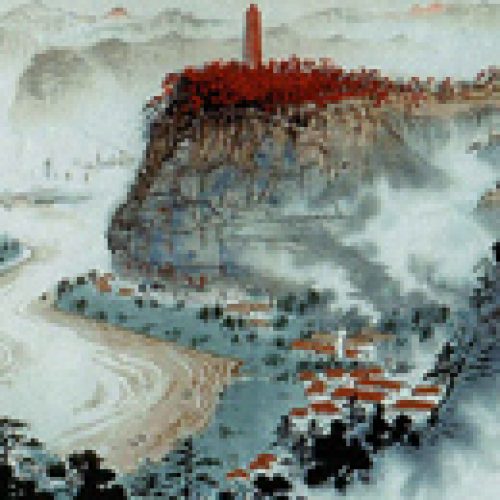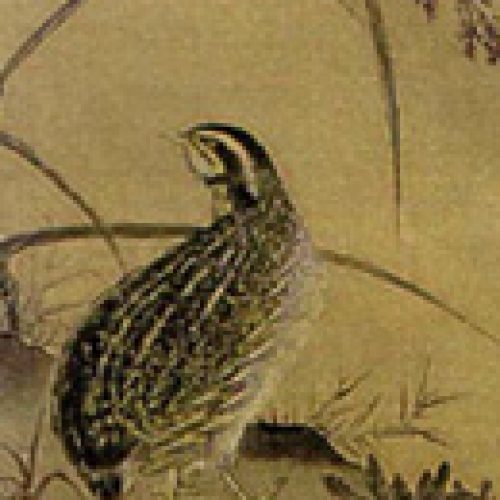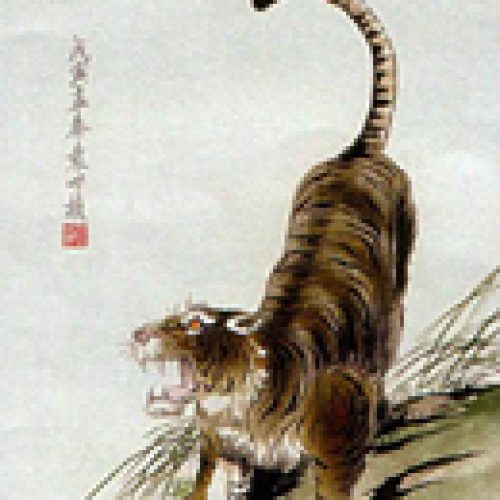The exhibition presents the art, little known in the west, of China’s elite polychrome woodblock printing studios. This uniquely Chinese artform produces prints that are indistinguishable from traditional painting because they are created with exactly the same water-based mineral and plant pigments on the same kinds of paper/silk. The process is infinitely more labor intensive than painting, however, and the prints are often more valuable than original paintings by the same artists.
Work proceeds with different specialists responsible for different aspects of the work. A collaborative system of art production, practiced in China for millennia, it has no counterpart in the west and our vocabulary for aesthetics has no term for it. Chinese ceramic and bronze creations we treasure as high art, however, were all produced by such collaboration, and like the prints, were multiples. Because artists traditionally learned by copying revered works of the past, emphasis was not on the originality of the images produced, but on recapturing the spirit of their creation.
Before 1949, urban studio production was reduced to woodblock printing of elegant small-format writing papers, quite different from the charming but crude folk art printed by rural studios, and different also from the western-style printmaking introduced in the 1930s.
After 1949, however, politics determined both the content and the style of all art and demanded that art have model political correctness. In response, the studios began reproduction of large paintings with materials never previously used in woodblock. More new woodblock printing techniques were developed than at any time since the seventeenth century.
The studios, nevertheless, remained a locus for the reiteration of traditional Chinese visual culture. They reproduced works from every period and style, choosing those which were quintessential of their type and superior, that is, model works. The exhibition thus provides a mini-survey of highlights of Chinese art history in a stunning display of a vanishing art. Many of the exhibits were created in luxurious limited editions for use as state gifts and/or sent to exhibitions abroad as representative of China’s new culture. Calligraphy of Mao Zedong and artworks related to his poetry were favored gifts to foreign dignitaries.
Group Exhibition
Poetry, Painting and Politics
Curators: Iris Wacks, Prof. Haim Finkelstein
September-October 2003






